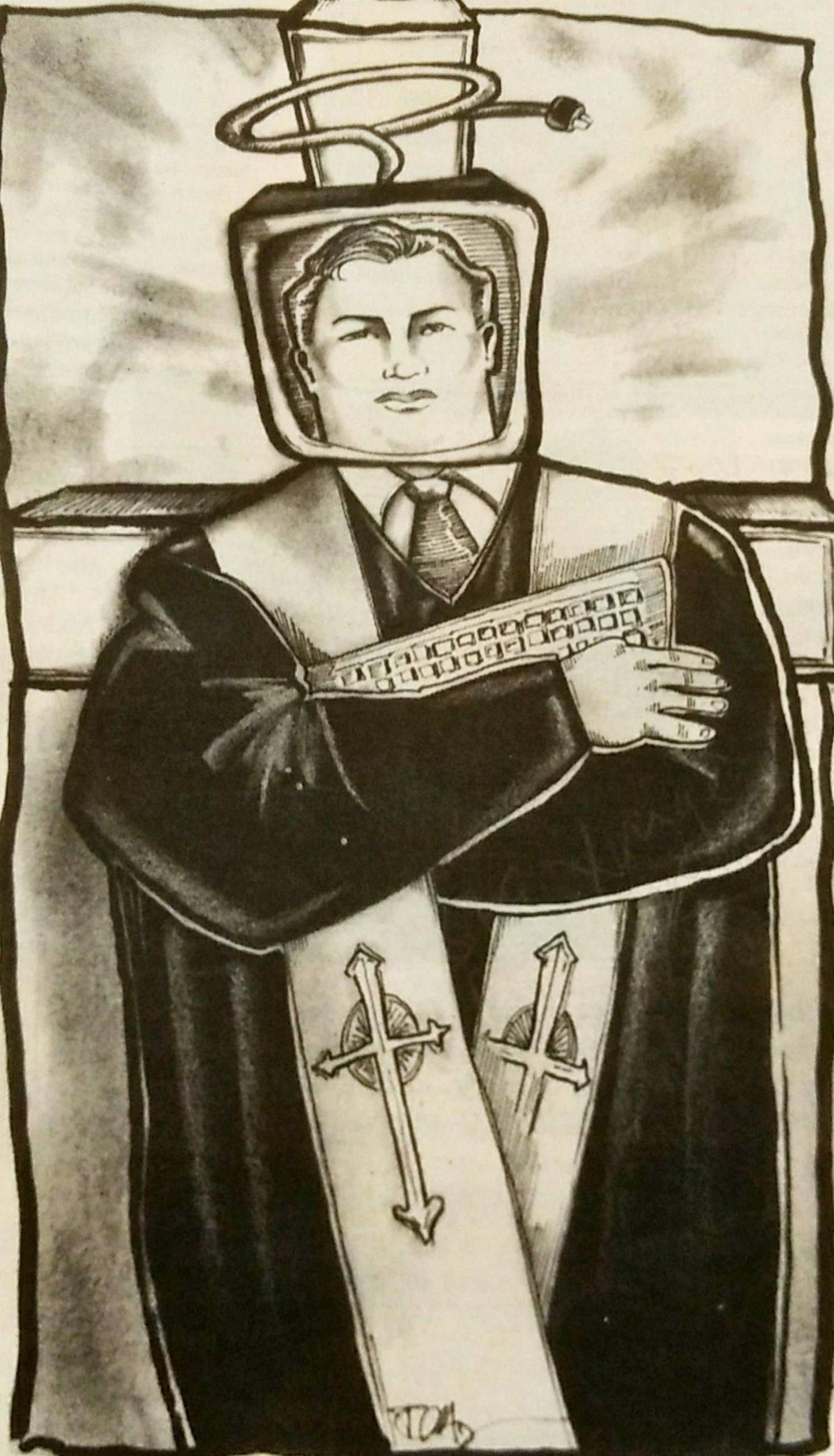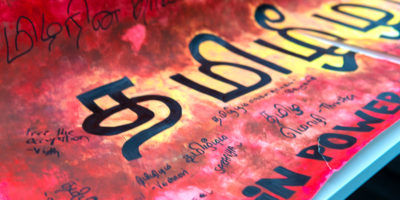By Robert Vrbanac
“During the pre-meeting prayer time I was asking God what he’d like to do during the meeting. I felt Him ask me to highlight those who had been physically healed during the week then have the prayer team minister to people via words of knowledge as a demonstration of God’s power. About 25 people came forward and quickly shared what God had healed them of. It ranged from back discs to cancer to reduction in pain. A dozen words of prayer were given with about 100 people responding. The most spectacular healing was a lady in her thirties who was deaf in one ear and 90 per cent deaf in the other. She was immediately healed and both ears popped open. Things were so loud that she had to cover her ears as she gave the testimony.” – Steve Long, Associate Pastor, Toronto Airport Christian Fellowship, as posted on the Internet.
Looking through the local Pennysaver, a person can find ads for power tools, power bars and power drinks mixed in with examples of the power of prayer. These public offerings, often invoking the name of a saint or religious figure, are in recognition of a prayer answered. They are often laughed off as an examples of a superstitious past, when people believed God had a hand in their daily lives. But what was once a topic in the wasteland of public discourse is now finding itself on the mecca of our information society: The Internet.
Buffy Tomkinson, a fourth-year fashion student, had a more personal experience concerning the power of faith. Two years ago she was settling down to sleep when she felt a spirit enveloping her. It pinned her to her bed and filled her with a sense of well-being. “Someone told me it had been God,” said Tomkinson. “I accepted that. Now I get that feeling every Sunday.” tomkinson used to attend the Toronto Airport Christian Fellowship and is now a member of a smaller Vineyard church in Thornhill. Both churches are part of the same charismatic Christian movement that uses personal testimonials and public faith meetings to attract new members to spiritual revivals.
Now they also post their testimonies on the Internet.
There are over 250,000 postings concerning the power of prayer and testimonies of faith healing on the web. One of the most celebrated stories concerns Deidre Aragon, a Kansas teenager who arrived at Kansas University Hospital comatose and suffering from Reyes syndrome. Reyes causes the brain and kidney to swell and results in death in over 50 per cent of the cases. Aragon was in such bad shape when she reached the hospital that her doctor said she was already in the hands of God.
A spontaneous movement formed to help the girl and her story was soon posted in the Internet. As a result, close to 2,000 people in Canada and the United States joined the group, called the National Prayer Network, and started offering prayers for the girl. Within the week she made a total recovery.
People accustomed to watching and participating in the prater networks of televangelists are now posting their prayer requests on the Internet instead. What was once the domain of church bulletins and small local newspapers is now becoming common knowledge to anyone surfing the Net.
The Toronto Airport Christian Fellowship has set up a separate area on their web site due to the volume of prayer requests they receive. One of the areas is specifically set aside for healing and concerns prayers directed towards terminal illnesses, chronic pain and disabilities. It is one of more than 200,000 sites on the Internet that deal with faith healing.
Faith healing is also gaining wider acceptance in modern medical circles. More than 300 insurance companies in the U.S. now cover the cost of faith healing in their medial policies. Even the Journal of Psychiatry suggested that physicians should familiarize themselves with their patients’ faith healing beliefs in order to serve them more effectively. The consensus is invalidating a patient’s belief in a greater power might explain why some people later reject medical treatment.
According to the Association of Family Physicians in the U.S., faith healing supports the concept of healing the whole person. It challenges doctors to develop a greater awareness of the unknown factors working in the recovery of patients beyond normal medical expectations.
The reality, in the movement towards holistic medicine and alternative therapies, is that faith healing and healing by hand is the most commonly used method of alternative medical treatment. In a survey of 594 family physicians done for the Journal of Family Practice approximately one-half were aware of at least one patient who had a faith healing experience. A quarter of the respondents believed that faith healers divinely healed a patient whom physicians couldn’t heal.
One of the links on the Toronto Christian Fellowship web page is to a healing school the church is holding Feb. 12-15. The course is in recognition of the mahy people who come to the church in desperate need of healing. It is also an attempt to address why healing isn’t as widespread within the church as it is in less formal environments.
Tomkinson, who has witnessed some healing testimonials, thinks a lot of people come into the church hoping to be healed of some mental or physical illness but leave disappointed because they don’t understand the nature of the experience. They go to the church looking for a quick fix and ignore the interesting and rich experience that they have undergone. Tomkinson said, “It’s like having a best friend. You have to spend time to make your relationship strong.”
The Alternative Therapy Health Medicine Journal has undertaken a more in-depth look into how faith heals. It developed a theoretical model that looks at the various explanations for the healing effects of prayer. It proposed that prayer may heal through outside forces and operate according to mechanism and theories proposed by new thinking in physics. There may be limitations but they can be explained by physical laws that may be unbelievable or unfamiliar to most physicians.
But even this model couldn’t eliminate the supernatural from faith healing. Their ultimate conclusion: “The supernatural is outside or beyond understanding. Because faith healing is of a transcendent power, it shouldn’t be dismissed despite its improvability by medical science.”
The debate rages on in a ghat room near you.











Leave a Reply